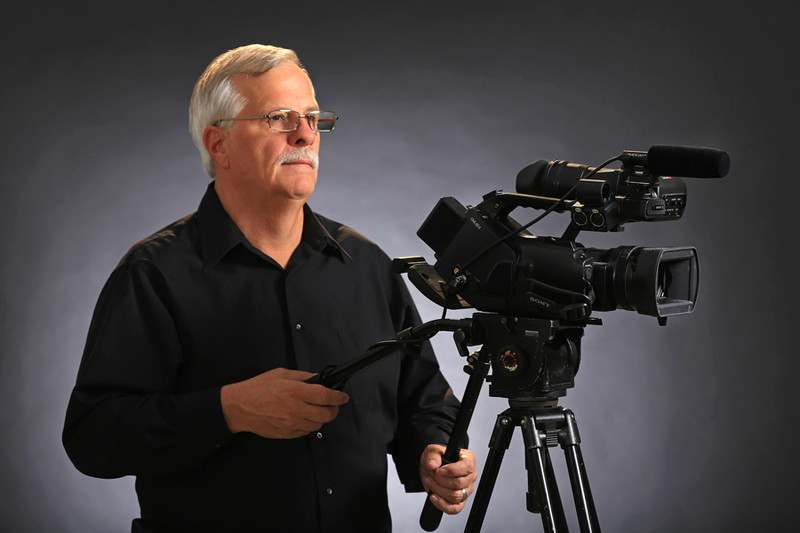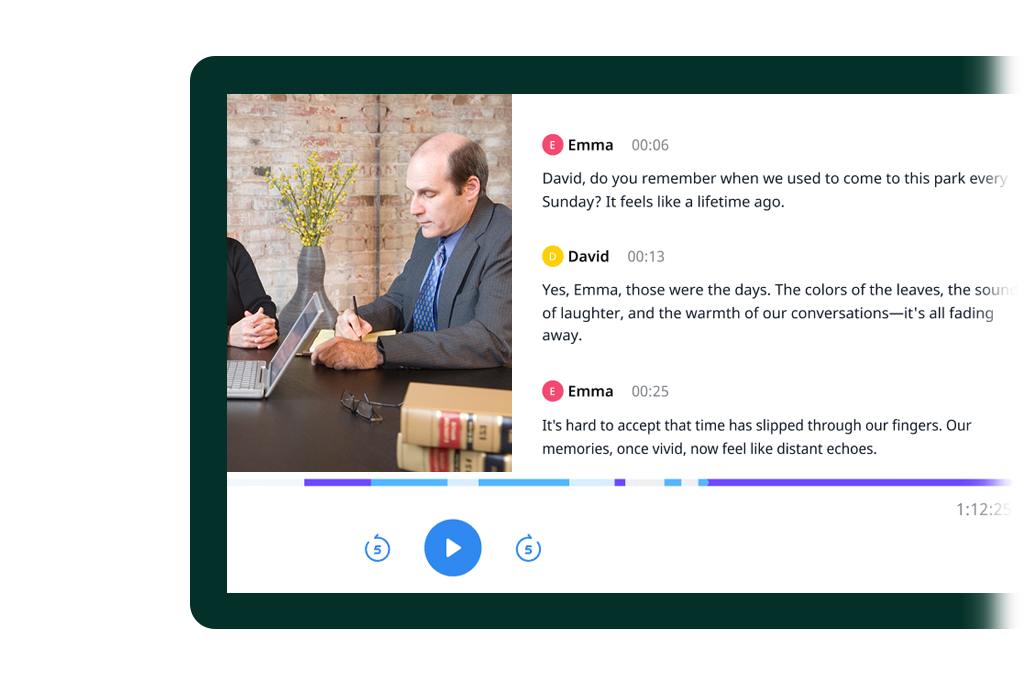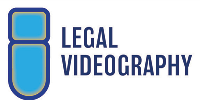Recognizing the Importance of Videography in Legal Proceedings
The assimilation of videography into lawful process has arised as a substantial element in the discussion and analysis of evidence. By capturing visual components such as body language and facial expressions, videography improves the narrative surrounding witness testaments and can profoundly influence court assumptions.
Function of Videography forthcoming
Videography plays a significantly important duty in lawful proceedings, acting as a powerful medium for providing proof. The assimilation of video clip recordings into the legal framework enables for a much more vibrant representation of realities, making it possible for jurors and judges to imagine events as they transpired. This aesthetic documents can incorporate a series of products, consisting of security video, videotaped witness testaments, and expert demonstrations, all of which can considerably enhance the evidentiary landscape.
One of the key advantages of videography is its capability to catch nuances that may be lost in written accounts. Facial expressions, body language, and situational context can provide vital insights, helping to convey emotions and purposes that message alone can not. Moreover, using video evidence promotes a much more interesting court room experience, possibly helping jurors in understanding complex cases.
As modern technology advances, the top quality and availability of videographic evidence have actually enhanced, making it an important part of modern-day legal techniques. Courts significantly acknowledge the value of video clip as a reliable resource of info, prompting lawyers to adjust their methods for proof presentation. Inevitably, videography serves not just to show facts however also to boost the general honesty of the judicial process.

Enhancing Reputation and Quality
A substantial advantage of incorporating videography in lawful proceedings is its ability to enhance both credibility and quality of proof presented in court. Videographic proof can record nuances that written records may ignore, such as tone, body language, and context. This aesthetic representation permits juries and courts to better understand the scenarios surrounding the instance, thus fostering an extra accurate understanding of the occasions in question.

Additionally, the quality managed by videography minimizes the likelihood of false impression that can occur from textual summaries. This precision is especially crucial in complex situations, where details can be conveniently misconstrued. Inevitably, by presenting evidence in an aesthetically available layout, videography not only strengthens the integrity of the judicial process but additionally sustains informed decision-making by those associated with legal proceedings.
Impact on Court Assumption
The inclusion of videographic proof considerably affects court assumption, frequently resulting in a lot more involved and educated considerations. Jurors are generally a lot more responsive to aesthetic details, which can improve their understanding of complicated instances. Videography provides realities in a fashion that is both compelling and easily accessible, permitting jurors to get in touch with the evidence on a more individual level.
Additionally, the ability to witness events as they occurred can evoke emotional responses that written transcripts or verbal testimonies may fail to elicit. This emotional interaction can lead jurors to develop stronger opinions see this page regarding the integrity of witnesses and the general narrative of the case. The visual depiction of proof likewise assists in making clear uncertainties, redirected here making it easier for jurors to understand the context and value of the information presented.
In addition, videography can function as a powerful tool for storytelling, making it possible for lawyers to create an influential story that reverberates with the court. When jurors can imagine scenarios and witness crucial moments, their capacity to intentional thoughtfully and get to a knowledgeable judgment is dramatically enhanced, inevitably affecting the result of legal process.
Ideal Practices for Legal Videography
Carrying out finest methods in lawful videography is important for making certain that visual proof is both efficient and credible in the court. First, select qualified specialists who specialize in lawful videography to make sure the technical top quality of the recordings. This includes using high-resolution cameras and specialist audio devices to catch clear visuals and sound.
Second, maintain appropriate paperwork throughout the recording process. This includes creating an in-depth log that includes timestamps, summaries of the material, and the identifications of all individuals present. Such documentation can boost the authenticity of the video clip.

In addition, consider the use of appropriate editing and enhancing methods. While it is crucial to preserve the original web content, minor adjustments for clarity-- such as boosting audio degrees-- can enhance the overall presentation without altering the compound.
Future Trends in Legal Videography
As legal videography remains to develop, emerging approaches and innovations are forming the future landscape of visual proof in the court room (Legal Videography). One significant trend is the integration of high-def and 4K video high quality, enhancing the quality and information of tape-recorded testaments and evidence. This better resolution aids jurors in adequately evaluating the reputation of witnesses and the nuances of the offered products
In addition, the use of fabricated intelligence (AI) in video clip analysis is acquiring traction. AI devices can help in recognizing crucial moments in video footage, generating transcripts, and even assessing non-verbal interaction, which gives deeper understandings right into witness integrity. Digital truth (VR) and augmented fact (AR) are positioned to transform just how evidence is provided, enabling jurors to submerse themselves in crime scenes or situations, thus cultivating a much more profound understanding of the context.
Final Thought
In summary, videography functions as a vital device in lawful proceedings, improving the presentation of proof and enriching the general understanding of cases. By catching non-verbal cues and boosting the reputation of witness accounts, videography substantially affects jury understanding and decision-making processes - Legal Videography. Adhering to finest techniques guarantees the performance of legal videography, while emerging trends guarantee to further increase its duty in the judicial system, ultimately fostering a much more enlightened and engaged legal setting
Videography plays an increasingly important duty in legal procedures, serving as original site a powerful medium for providing proof.A substantial advantage of incorporating videography in lawful process is its capability to improve both credibility and clarity of evidence provided in court. Inevitably, by offering proof in an aesthetically obtainable format, videography not just strengthens the stability of the judicial procedure yet also sustains educated decision-making by those involved in legal procedures.
In summary, videography offers as a vital device in lawful process, boosting the discussion of proof and enhancing the total understanding of instances. Legal Videography. Sticking to ideal techniques ensures the effectiveness of legal videography, while emerging trends guarantee to further enhance its role in the judicial system, eventually promoting an extra enlightened and engaged legal environment
Comments on “The Benefits of Professional Legal Videography in Intricate Legal Instances”